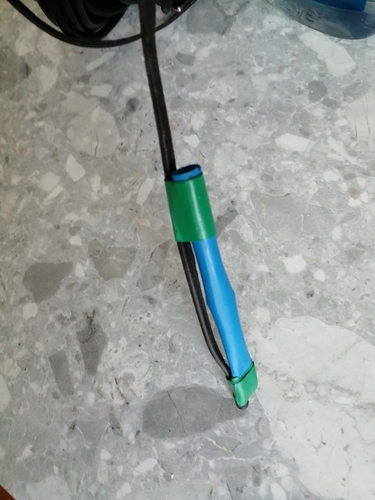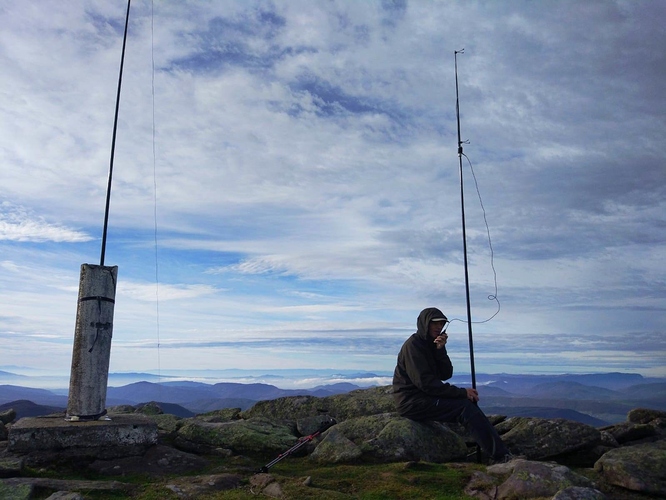Hi Mark,
I’ve built a few of these antennas, but Andrew VK1AD has built more.
The wavelength is calculated from the formula L = 300/f where f is in Megahertz and L is in metres. Each part of the antenna is approximately a quarter wavelength, but reduced due to the end effect of a wire antenna with an open end. You can calculate the wavelength on each frequency, 146 and 145.5, subtract one from the other, then take a quarter to calculate the quarter wave equivalent difference, then subtract 5% for end effect.
The simple way to calculate the change in dimensions in the antenna is to first consider whether you want to move the design to a lower frequency or higher. A lower frequency has a longer wavelength. So the change would be given by 146/145.5 = 1.0034 or an increase of 0.34%.
The amount of difference is therefore .34% of the existing antenna length; as the existing antenna is about a half wave on the 2m band, it’s about 1m. So the change is 3.4 mm for optimal resonance, if it was originally resonant on 146. IMO, it’s unlikely you’ll be able to measure and cut to any closer accuracy than 1mm.
As Ron says, in practice if the antenna was optimal on 146, it is going to work fine from 145 to 147 without any practical degradation. But go ahead and add the 3mm to the design length for 146. If the design frequency was 146.5, add 6mm as the amount of change is twice what was calculated above.
I have one of mine mounted inside a poly pipe, but the other is rolled up and carried in a sotabeams antenna bag for safety. I attach it to a fibreglass pole using plastic tape (aka electrical/insulating tape).
As for performance, I find that the antenna on a 4m pole, about 2m above where a whip would normally be on a HT, that it performs ‘vastly’ better.
In addition, I can place the radio on the ground and plug in a speaker-mike to it, so I don’t have to hold the radio while making contacts.
73 Andrew VK1DA/VK2UH


